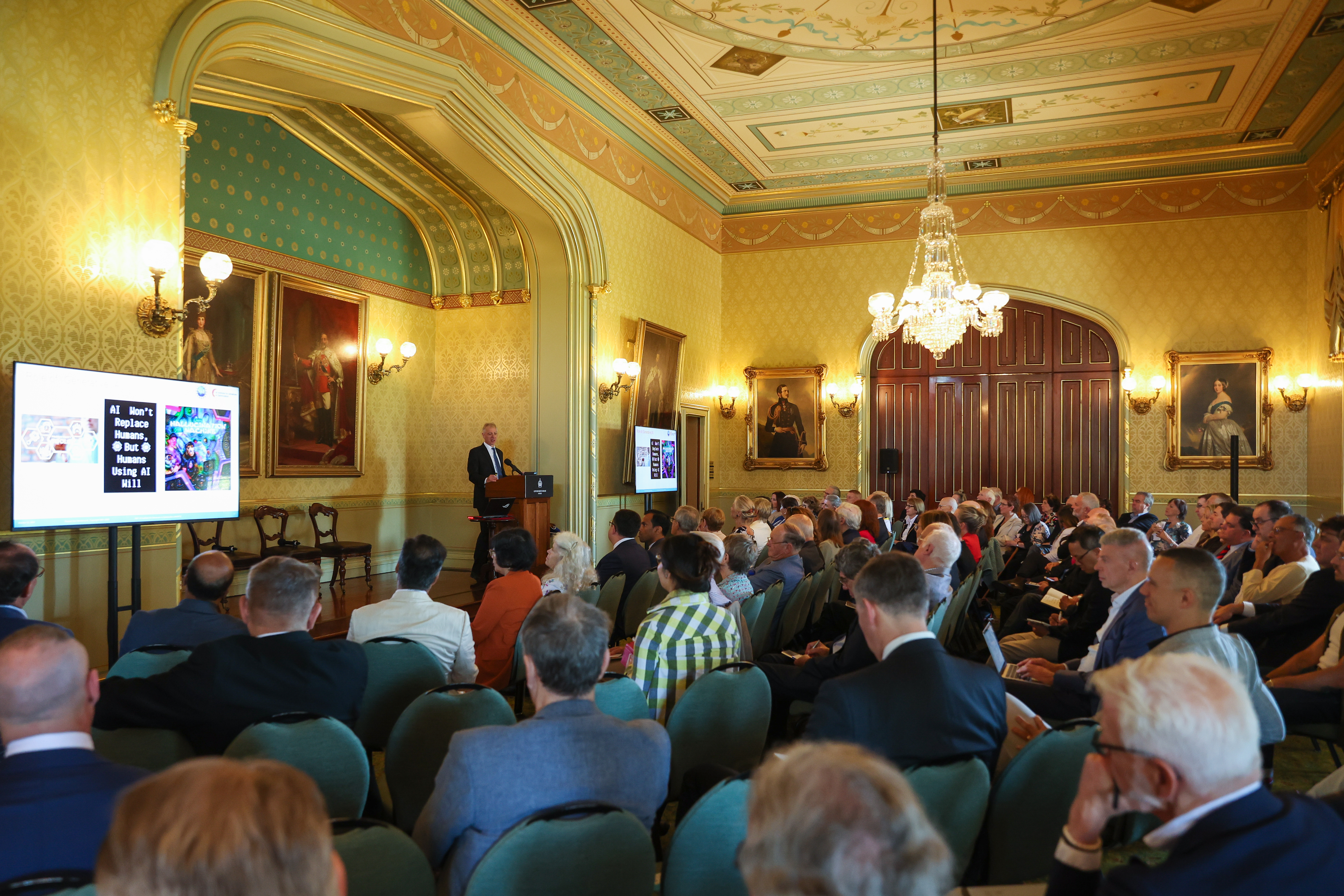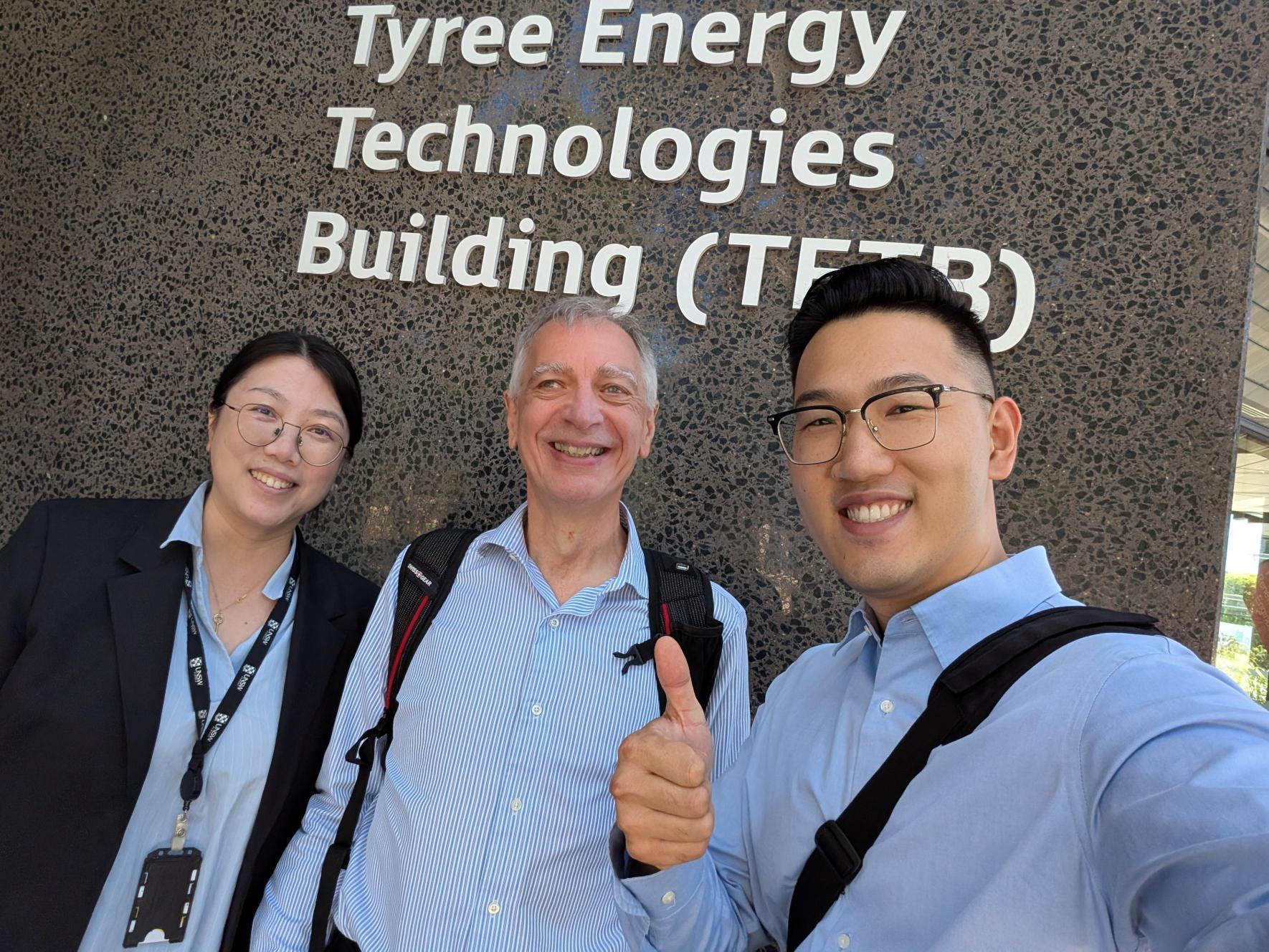Pascal Van Hentenryck, Director of the NSF AI Institute for Advances in Optimization (AI4OPT) and Professor in Georgia Tech’s H. Milton Stewart School of Industrial and Systems Engineering, recently visited Australia to share his expertise on the role of artificial intelligence and optimization in shaping the future of energy systems and infrastructure.

Exploring the Hope and Hype of AI
Van Hentenryck was a featured speaker at AI: The Hope and the Hype, a forum organized by the Royal Society of New South Wales in partnership with Australia’s Learned Academies and the NSW Government. Held at Government House in Sydney, the event brought together leaders from academia, industry, and government to examine how AI is transforming society, from law and healthcare to education and energy.

In his presentation, Van Hentenryck emphasized the growing importance of AI as an essential part of modern infrastructure, underscoring how advances in computation and machine learning are driving innovation across sectors. His insights contributed to wide-ranging discussions on how AI can be deployed responsibly to advance public good, support equitable access, and build resilient systems for the future.

Advancing AI and Energy Systems at UNSW
While in Sydney, Van Hentenryck also joined a lunchtime discussion with the Electrification and Energy Systems Network at the University of New South Wales. Hosted by the Collaboration on Energy and Environmental Markets, the session explored how AI and optimization can improve grid operations amid increasing renewable generation, electric vehicles, and energy storage. Attendees discussed how AI-driven forecasting and decision-making are enabling more flexible, efficient, and reliable power systems in Australia and around the world.

Global Collaboration for an Optimized Future
Van Hentenryck’s visit highlighted AI4OPT’s global engagement and its mission to apply artificial intelligence and optimization to some of society’s most complex challenges, from sustainable energy and transportation to resilient infrastructure and beyond.


